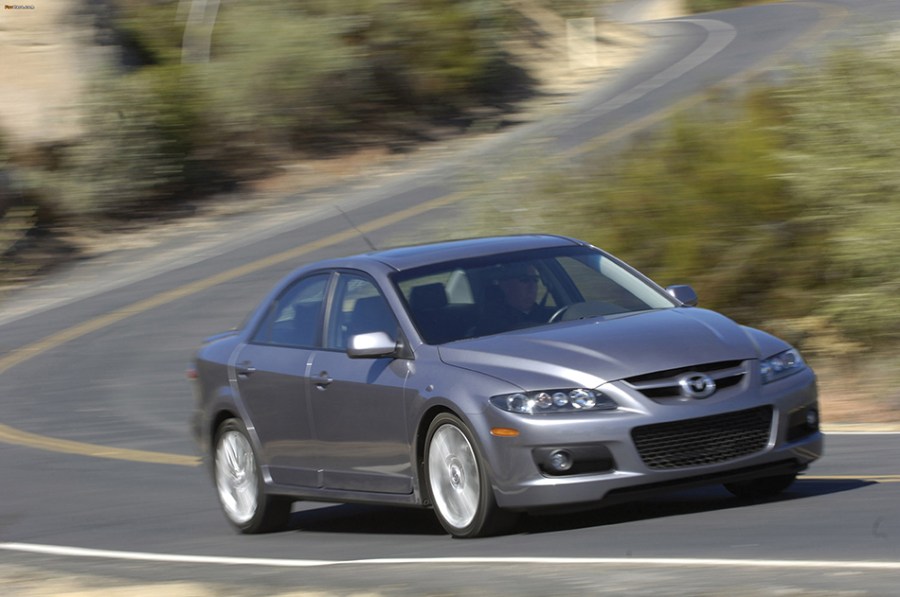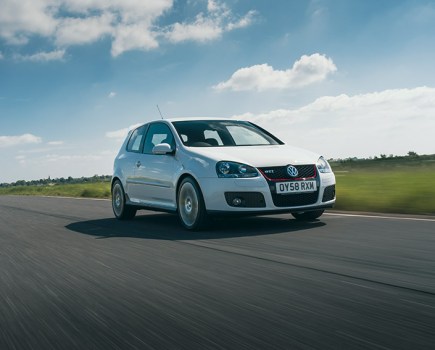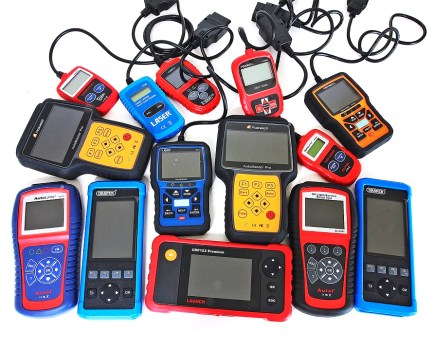Sneaking under the radar, there’s surprising horsepower hiding inside the stealthy Mazdaspeed6 sedan, making it one of the best used cars to buy right now. Here’s our guide on what you should know before buying a Mazda6.
Intro & history
The 1st-generation Mazda6 launched back in 2002, and to begin with it was all pretty humdrum – a range of sedans, liftbacks and station wagons designed to be affordable and practical, with the spiciest ‘Sport’ variant not really being all that sporty with its 146bhp turbo-diesel motor. But everything changed in 2006 when Mazdaspeed developed a far more potent version of the model, badged as the Mazdaspeed6 in North America, the Mazda6 MPS in Europe, South Africa and Australia, and the Mazdaspeed Atenza in Japan. It may look to the untrained eye like just another everyday Mazdaspeed6, but beneath the skin it was packing a turbocharged 2.3-litre DISI motor with 270bhp (in America and Japan; European cars had 256bhp).
It also featured an all-wheel drive system using Mazda’s impressive and intelligent computer-controlled Active Torque Split, which distributes power and torque 50:50 front-to-rear and is able to shift up to 100% of torque to the front wheels as required. This hot version of the Mazda6 was available in two levels of trim; Sport was the no-frills version with cloth seats and standard key entry and ignition, while Grand Touring is the one you’d ideally want as it gives you full leather trim, keyless entry and ignition, DVD nav, auto climate control, and the option of a moonroof.
Standard-fit safety equipment was generous too: the car came with a full suite of airbags including front, side and curtain, while there are child seat anchors in the rear. The factory audio setup is pretty meaty as well – it has an in-dash 6-disc CD changer, and 200-watts of Bose power with seven speakers and a nine-inch subwoofer. So it’s a really well-equipped car that handles like an absolute boss, and it’ll run 0-62mph in 5.7-seconds, albeit while scrabbling about a bit for traction.
Skip to:
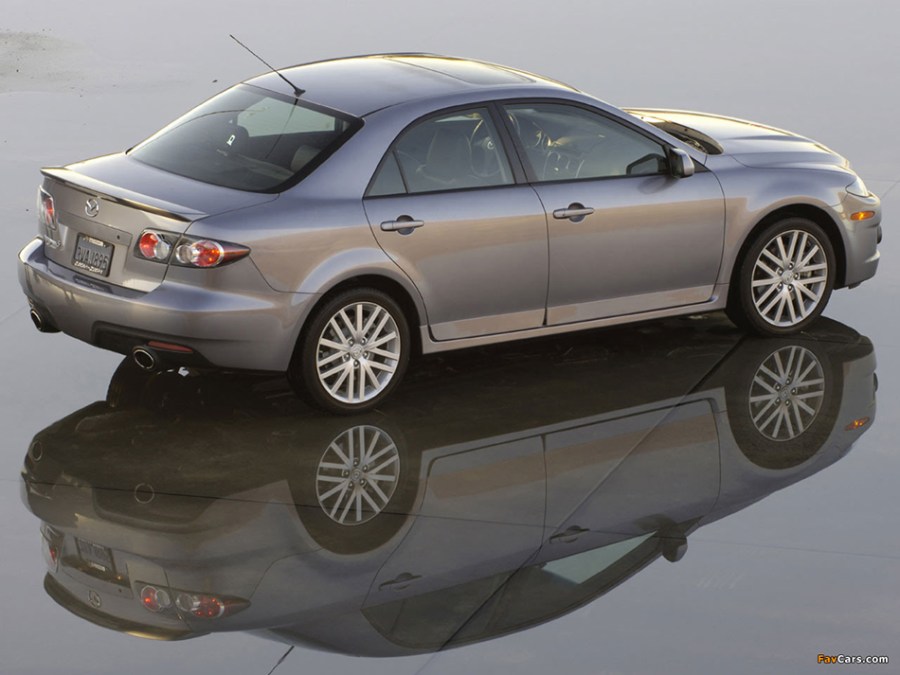
Mazdaspeed6 production
For domestic and export markets, Mazda built the Mazda6 at its Hofu Plant in the Yamaguchi Prefecture, although cars for the North American market were actually assembled at the AutoAlliance International plant in Flat Rock, Michigan. This was really a Japanese sports car with a European flavor: the seed for the idea was sown by Peter Birtwhistle, who was at the time heading up Mazda’s design studio in Oberursel, Germany, with the global concept being first unveiled to the world at the 2002 Paris Motor Show. So it’s a world car with an intercontinental appeal.
Mazda chose to use the four-door sedan body shell for this high-powered version, as it was the stiffest one in the range – this did lead to one or two compromises in practicality, as the AWD setup and extra bracing reduces trunk space and removes the possibility of a split-fold rear bench. And for this reason, it’s worth noting that you won’t be finding an MPS wagon on the market. Although there’s nothing to stop your scouring the junkyards and building one yourself.
With prices hovering under $/£10,000, you can get yourself behind the wheel of a car we placed in our list of the best used sedans to buy. Here’s what you need to know before buying one.
Mazdaspeed6 most common problems
- Rust: The Mazda6’s shell wasn’t galvanized from the factory and to be honest they can rot pretty much anywhere – you’ll be needing to look in particular at the rear arches, the jacking points under the sideskirts, and at any stone chips along the leading edge of the bonnet and roofline (which are common as the paint is particularly soft in these areas).
- Fuel pump: These are inherently weak and can be prone to early failure. If the fuel pump hasn’t been replaced in the fairly recent past, you probably ought to factor that job into your budget as it’ll need taking care of before long.
- Air-con: If the seller tells you that the air-con ‘just needs re-gassing’, that might not be quite true – the pipes tend to fracture and the gas escapes; upgrading to foam-coated pipes is the answer, but it’s not the cheapest job.
Pros:
- Extremely lively performance
- Keen aftermarket support for tuning
- Practical and spacious enough to be a family car
Cons:
- Torque-steer under acceleration
- Unrefined cabin lacks decent sound deadening
- Sober/bland aesthetics
Mazda6 model timeline
- 2002 – Mazda6 range launched
- 2005 – Facelift, included changes to alloy wheels and bumper styling
- 2006 – Mazdaspeed6 / Mazdaspeed Atenza / Mazda6 MPS launched
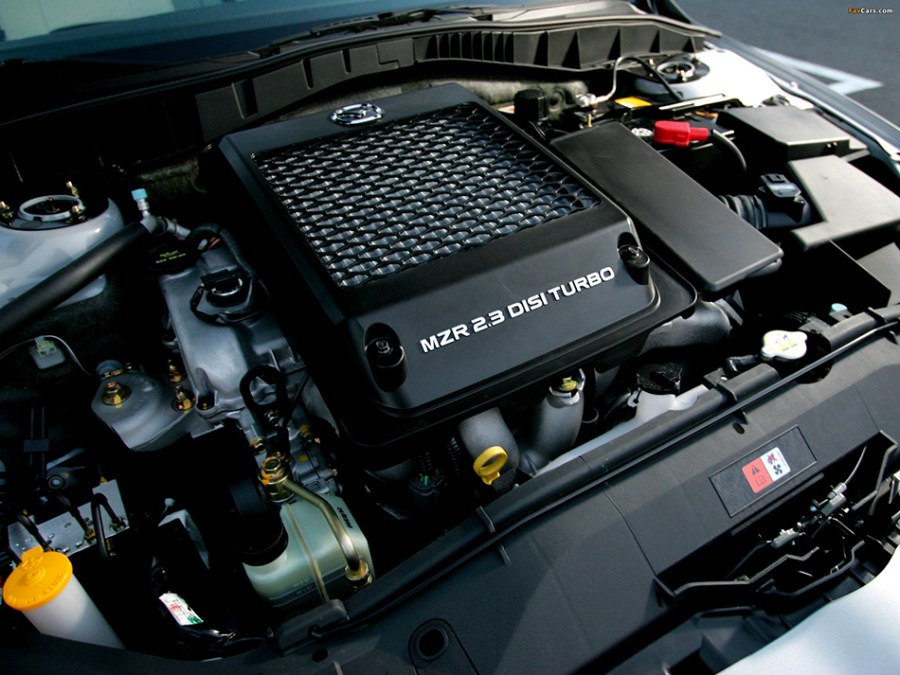
Mazdaspeed6 engine
Power comes from the award-winning L3-VDT engine, a turbocharged 2.3-liter four-cylinder with direct-injection spark ignition (DISI). (It’s interesting to note that Ford’s 2.3-liter EcoBoost engine shares the same basic block, although there are no other similarities.) Peak power in North American models was 274bhp in the launch year, being revised to 270bhp in 2007 in line with the Japanese-market cars; European MPS models are slightly lower at 256bhp in order to comply with Euro 5 emissions standards. Peak torque (280lb.ft) is available from just 3,000rpm, making this a tractable and big-hearted beast that pulls keenly right through the rev range.
The engine is fairly highly strung in its stock state of tune, and needs proper looking after – check the history and make sure the oil’s been changed at least every 6,000 miles. There are a few weak spots that you need to budget for as well, if they haven’t been uprated or replaced already: fuel pumps are poor and will definitely give up the ghost at some point, timing chains need renewing at least every 50,000 miles as the chain actuator and VVT pulleys are weak (listen out for that telltale rattle, and make sure the car idles evenly), and most wallet-busting of all is the turbo. These aren’t the strongest, and when the seals go you’d do well to consider upgrading to something more robust.
Transmission
The car employs a 6-speed manual transmission, all-wheel-drive, and a limited-slip differential at the rear. The computer-controlled Active Torque Split system can cleverly juggle power distribution, from 50:50 up to 100:0 front-to-rear.
The gearbox really needs checking when you’re on your test drive – it’s most likely fine as they’re pretty hardy (as well as having a pleasingly close gate and precise shift, akin to the revered MX-5 sports car), but they don’t respond well to unsympathetic use; if it pops out of second gear, this tells you that a) the car’s been thrashed and b) the gearbox may well be toast.
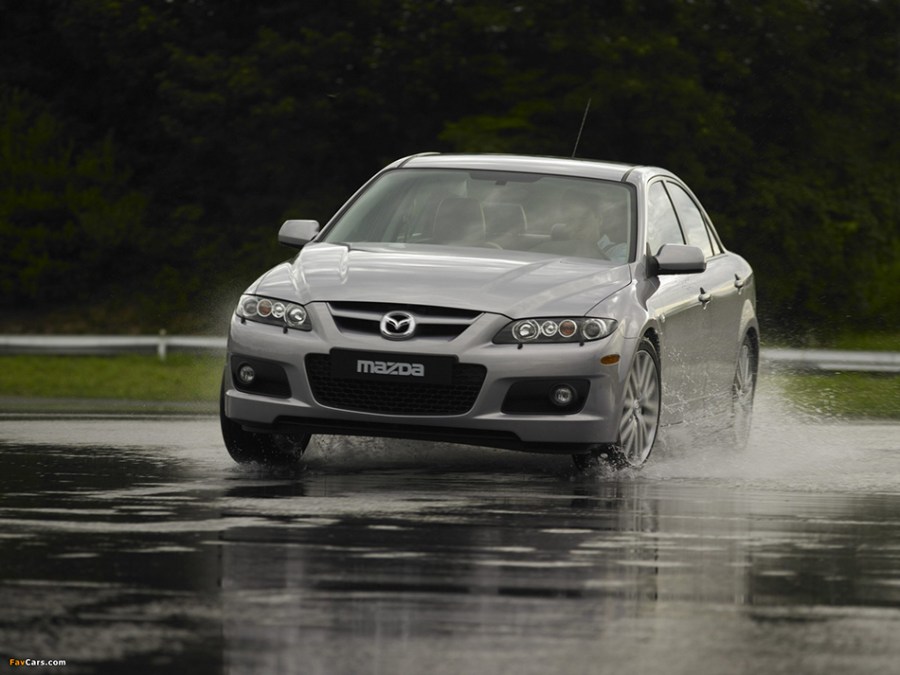
Mazdaspeed6 chassis
Suspension
The handling of the Mazaspeed6 is very impressive even in factory form, particularly for a car based on a comfy executive sedan. The reason for this is a combination of the stiff four-door shell, well-judged damping and spring rates, and the inclusion of the quicker steering rack from the MX-5, which gives the steering a superbly direct feel. Suspension, of course, can be tailored to your own preferences; the factory setup is an everyday compromise, but if you’re planning to use the car for more spirited fast-road driving, then it’s worth considering an upgrade to a set of coilovers from Tein or Yellow Speed Racing.
Be sure to check out our guide on the best car suspension brands.
Brakes
As you’d expect of a sportier model, the brakes here are a little bit more impressive as standard than the usual items fitted to lesser Mazda6 models. However, technology has moved on a bit and the modern performance driver may find the stock stoppers to be wanting for a little more bite – but this is easily remedied, as big brake kits are readily available on the aftermarket. Yellow Speed Racing offers a fairly mighty 6-pot upgrade, with other options available from the likes of K Sport and Stoptech.
Looking for inspiration? Visit our guide on the best brake pads and rotors in 2023.
Wheels
Standard issue alloy wheels are 7×18” with 215/45 tires. The PCD is the popular 5×114.3 and the offset is ET55, so you’ll find plenty of options for upgrades on the aftermarket. A neat way to beef up the footprint a little is to size up to a set of 8×19” wheels with an ET48 offset or thereabouts, allowing you the extra girth of 235/35 tires.
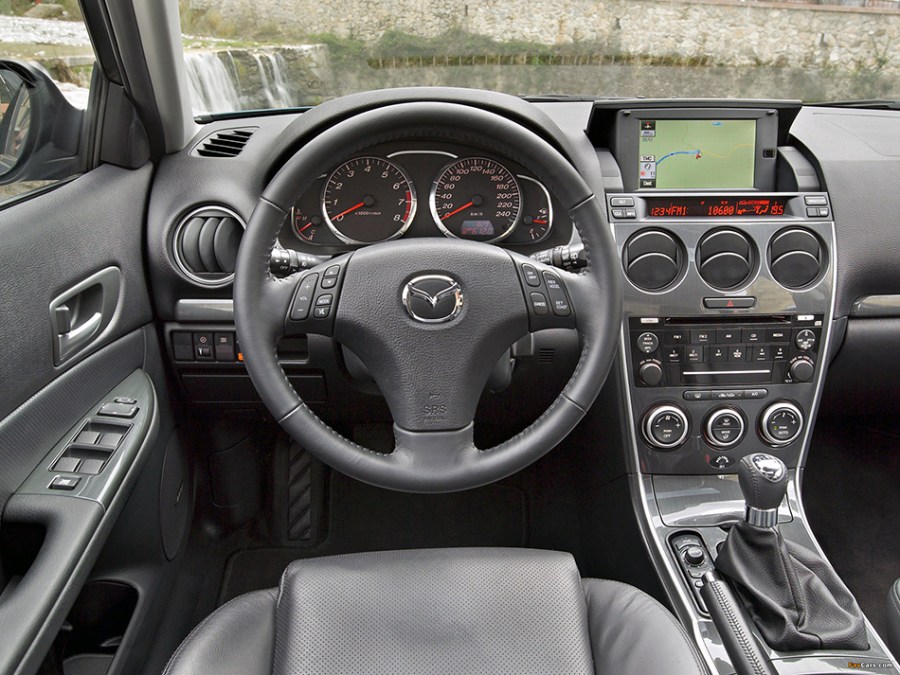
Interior
The cabin of the 6 will be familiar to anyone who travelled in pretty much any Japanese sedan in the 2000s, it’s a fairly generic layout. But there are some details that elevate it above the mainstream models in the range, including some improved-quality plastics, an electrically adjustable driver’s seat, and – if you opt for the Grand Touring spec – full leather trim, keyless entry and ignition, DVD nav, auto climate control, and the option of a moonroof. The dials are clearly laid out, with a nice big rev counter to increase the feeling of sportiness.
Indeed, you can expect a sporting edge to the way the car proceeds. Yes, it’s got all the room you need for moving your family or your buddies around, and three adults will fit in the back – but with minimal sound deadening and a throaty exhaust note, combined with the stiffer suspension and low-profile tires, don’t expect a Lexus-like ride. Materials are generally hard-wearing though, and it’s well-equipped; the 200-watt Bose stereo is particularly impressive, with its in-dash 6-disc CD changer, nine speakers and subwoofer.
Mazdaspeed6 Prices
You won’t be finding a huge amount of these cars on the market, so it’s not a case of cherry-picking colors and specs like it would be with more popular models, but instead viewing the cars with the best possible history to ensure maximum value and minimum stress. In the US, you should find prices ranging from around $7,000 for a high-mileage usable example, up to around $11,000 for a looked-after car with fewer miles on the clock.
In the UK, you’ll find more of a division in the market: prices for high-mileage examples can be found for as little as £3,500-4,000 (although with these cheaper cars we’d keenly point you back towards the most common problems section), whereas we have seen a seller with a super-low-mileage minter asking for over £16,000. They’re obscure cars that don’t come up for sale too often, so keep those eyes peeled!

